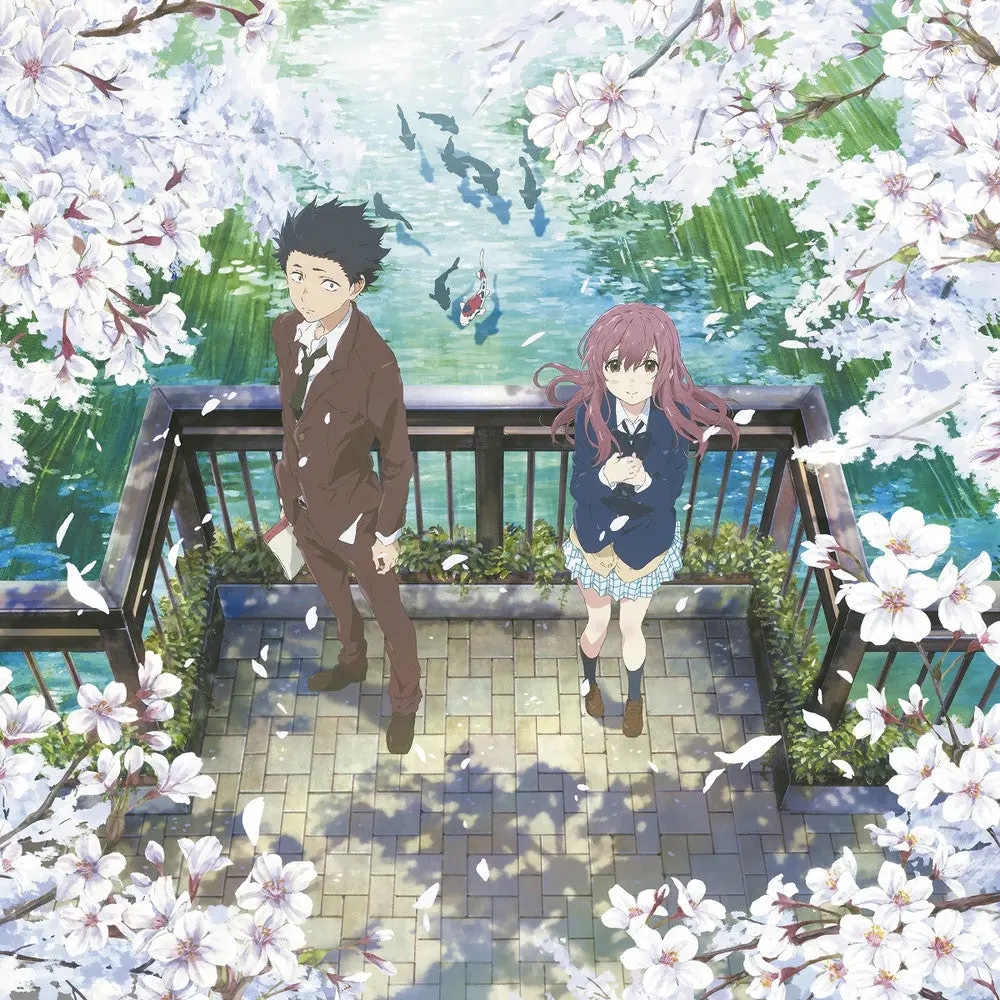Naoko Yamada Spotlight: A Silent Voice
Special edition of the Anime Spotlight series in the backdrop of upcoming release of "The Colors Within" movie!
This is part three of a five part series of retrospectives looking at anime industry legend Naoko Yamada's directorial career, in the lead-up to the Indian theatrical release of her latest work The Colours Within. One will be posted everyday; check back tomorrow for part four!

Guilt. Shame. The threat of punishment. These are powerful motivators, motivators that society supposedly relies on to function. But motivators to do what? Not to do bad things? Or not to get caught doing bad things? Who decides what is ‘bad’? Motivators for whom? Those who did the deed? Those who got framed? Those who framed them? Those who looked away? Or, worst of all, the victims who have been gaslit into seeing themselves as responsible?
A Silent Voice is a movie that, on the surface, is about a depressed former bully’s attempt to apologise to his former victim – a deaf classmate – before he ends his life. But as we go deeper into their lives, and the lives of their families and friends, the roles of victim and perpetrator dance around like the beads in a kaleidoscope. It is a powerful movie, one that pulls no punches against a society that ignores the disabled and puts appearances above reality. It is also an incredibly kind movie, showing a bunch of broken people who hurt, forgive and finally support each other.
A Silent Voice makes heavy use of visual storytelling. The emotional distance that protagonist Shouya feels towards those around him is represented by the camera not looking at their faces, or even by a cross (X) drawn over them when he is particularly lonely. But if Shouya chooses not to look at others, deuteragonist Shouko is physically unable to hear them. Equally important, therefore, are sound and silence, since the treatment of disabled people is a key theme of the movie. One point I noticed is how Shouko often communicates to her sister in sign language, and we understand what she is saying through her sister’s reactions. This is an incredibly respectful way to highlight how she is different from those around her, without affecting our understanding of the plot. Finally, there is a third mode of communication that is shown here – touch. Whether it is Shouko wrestling Shouya to the ground after one too many provocations, or a butterfly landing on her sister’s hand, there is meaning and emotion in every form of physical contact.
There is an economy of movement in some key scenes. One of Shouya’s classmates deciding that Shouko is a threat to their friendship is shown through the smallest of eye movements. Another classmate, one who beautifully shows both society’s keen interest in humiliating ‘others’ as well as its concern with keeping up appearances – lets Shouko embarrass herself simply by staying quiet at just the right moment. There is speech, there is action, but there is also silence and stillness, as if inviting us to be silent for a moment, and to listen.
— Jose
Japanese Name: 聲の形 (Koe no Katachi, literally 'Shape of Voice' )
Length: 130 minutes
Year: 2016
Studio: Kyoto Animation
Adapted from: Manga of the same name, by Yoshitoki Ōima
Cinematography: Kazuya Takao
Screenplay: Reiko Yoshida
Music: Kensuke Ushio
Director: Naoko Yamada
All content on this website is protected by copyright and may not be copied, distributed, or reproduced in any form without the express written consent from team@bac.moe.